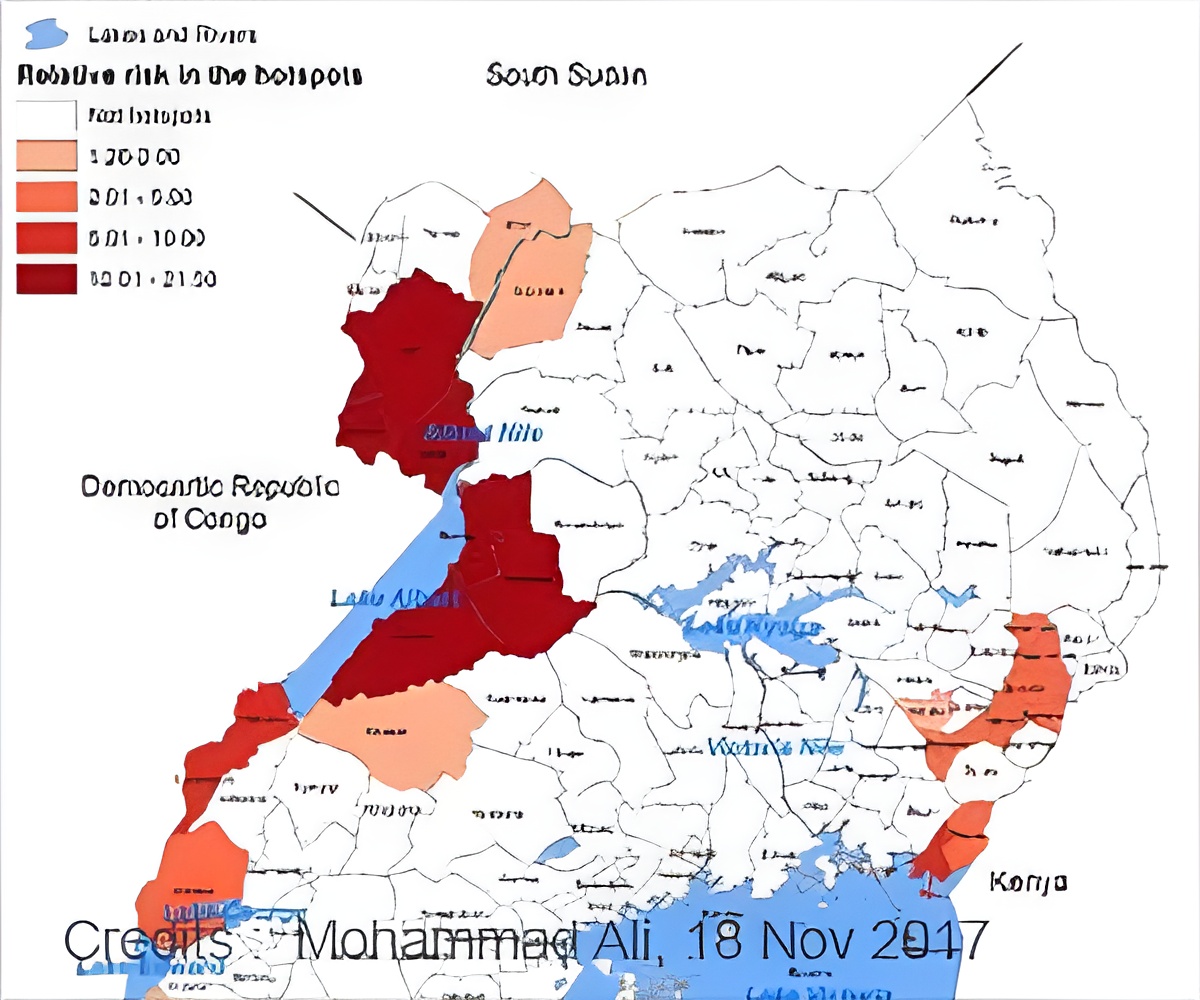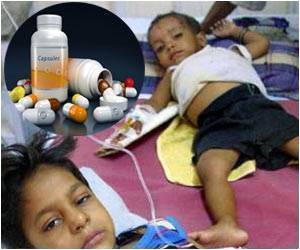
‘The cholera hot-spots were mostly found in regions near the border areas of the nation and lake. The high-risk places were identified based on a survey of data on the levels of rainfall, population, sanitation and hygiene.’
Tweet it Now
Epidemics have occurred in Uganda regularly since 1971 and a number of preventive and control measures are currently in place. In the new work, Mohammad Ali, of the Johns Hopkins Bloomberg School of Public Health, and colleagues studied district level cholera outbreak data collected by Uganda’s Ministry of Health and spanning 2011 through 2016.
In addition, existing data-sets on population, rainfall, water, sanitation, and hygiene were used. The group identified cholera hot-spots as districts whose center fell within a significantly high risk cluster of cases or where a cluster was completely superimposed onto a district.
The group identified 22 districts at high risk of cholera out of 112 districts total which reported cholera outbreaks during the study period. 13 of the districts were near the border of the Democratic Republic of Congo (DRC), and 9 were near a border of Kenya.
The risk of getting affected by cholera in these hotspots ranged from 2 to 22 times higher than elsewhere in the country. A short distance to the DRC or Kenya border, proximity to internationally shared lakes and river Nile, and higher annual rainfall in a district were all associated with the risk of having cholera in the district.
Advertisement
Advertisement










